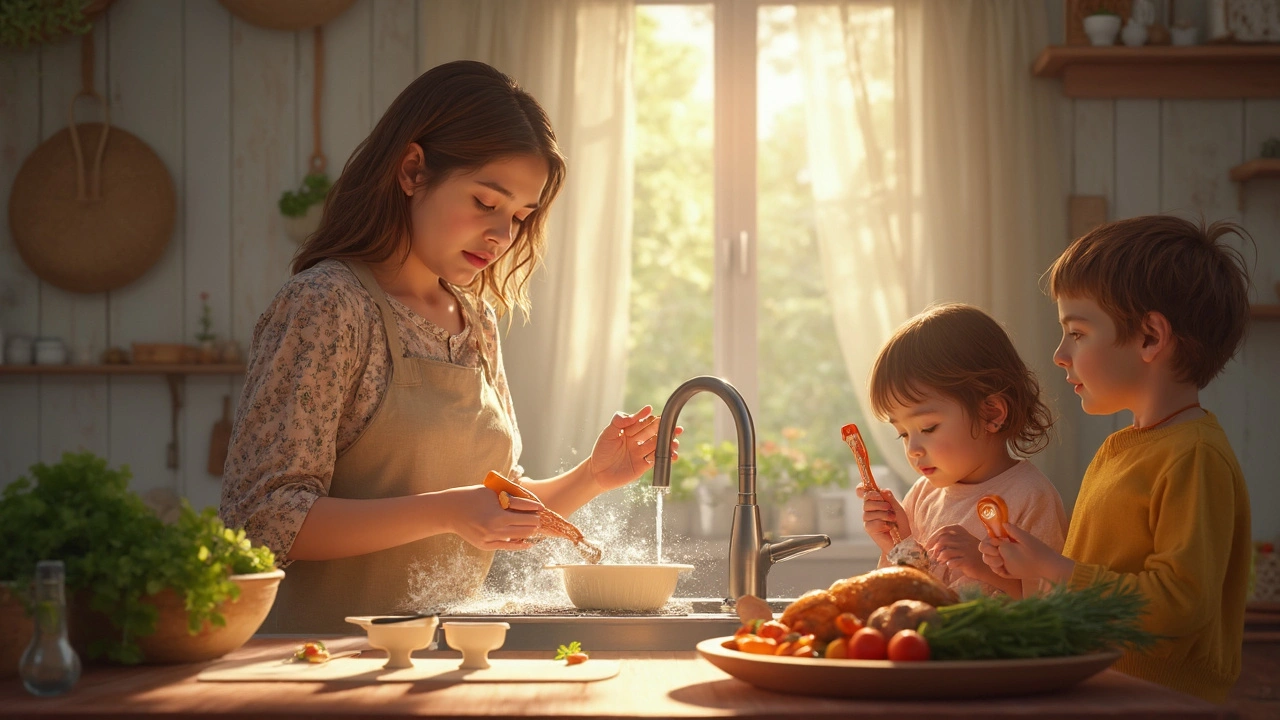Salmonella is one of the most common causes of food poisoning, and it can make anyone pretty miserable. So, how do you avoid getting sick from it? The answer often lies in everyday habits and small changes in how you handle food and clean up. Let’s walk through some straightforward steps you can take.
First off, always wash your hands well with soap and warm water before and after handling food. This is especially important if you’re dealing with raw meat, poultry, or eggs, since these can often carry salmonella bacteria. Forgetting this step is like inviting trouble into your kitchen.
Speaking of raw foods, never skip cooking meat properly. Salmonella bacteria get killed by heat, so make sure your chicken, beef, pork, or eggs are cooked thoroughly — poultry should reach an internal temperature of at least 165°F (74°C). Using a food thermometer helps take the guesswork out of it.
Cross-contamination is a sneaky way salmonella spreads. If you cut raw chicken on a board and then chop vegetables on the same board without washing it, you risk transferring bacteria. Always use separate cutting boards for raw meat and other foods, or wash your boards and utensils thoroughly between uses. Cleaning counters and kitchen tools with hot soapy water or disinfectant after preparing raw foods is a must.
Another smart move is to refrigerate leftovers quickly — ideally within two hours after cooking. Bacteria multiply fast at room temperature, so keeping food cold slows or stops this growth. When reheating leftovers, get them piping hot to make sure any lurking bacteria are wiped out.
Raw or undercooked eggs, unpasteurized milk, and raw sprouts are risky choices if you want to avoid salmonella. It’s best to steer clear or make sure these items come from safe, trusted sources. Also, pay attention to recalls or warnings about contaminated foods in your area.
Lastly, washing fruits and vegetables well under running water can remove dirt and bacteria that might carry salmonella. Even if you plan to peel them afterward, rinsing first helps keep your prep area cleaner.
By sticking to these simple rules — washing hands, cooking properly, avoiding cross-contamination, and storing food right — you can protect yourself and your loved ones from salmonella infections. It’s about making safe food handling routine, so you can enjoy meals without worry.
